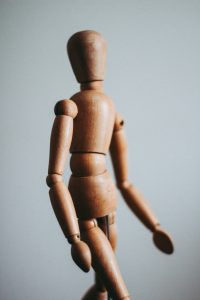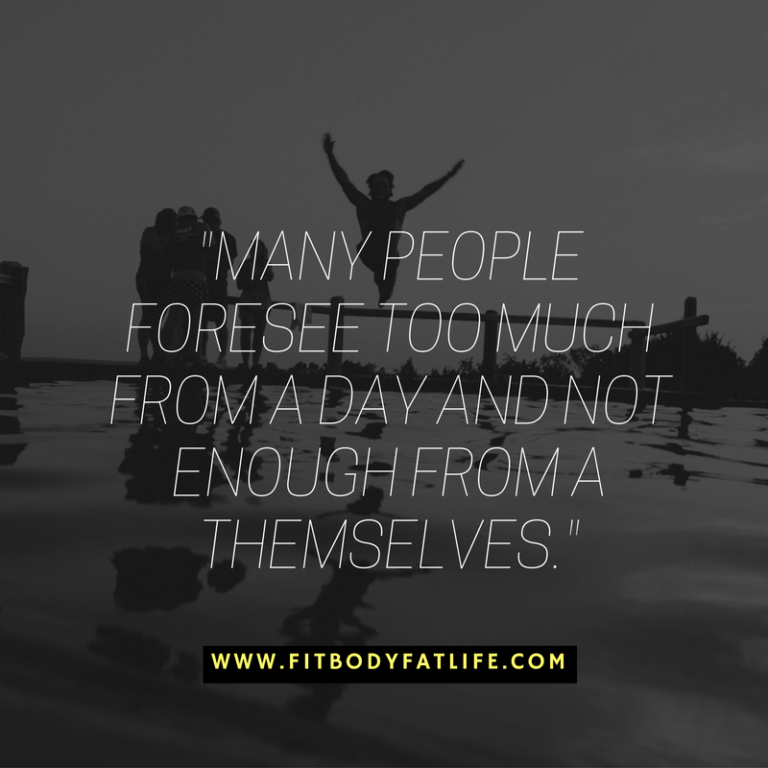My Back, My Knees, My Hips—Oh, My!
Do you hurt when you wake up? I do—at least sometimes. My joints are stiff and my back aches, and it just kind of sucks. Turns out, there are two reasons this happens. First, less movement while you sleep means the fluids that lubricate your joints aren’t flowing, causing stiffness. But studies also show that the body suppresses inflammation overnight. When daylight hits, inflammation starts back up and that may cause morning pain.
I think there’s a lesson here. That pain is trying to tell you something, and once you get the message, you can deal with the issue. You can take steps to minimize the problem, whether that means adding a morning stretch routine or upping your vitamin D intake.
Why Pain Is Good
Nobody likes pain, but for the most part, it’s a good thing—or at least a necessary thing. Pain is the body’s way of letting you know something is wrong. The obvious example is touching a hot pan. You grab the handle, and sensory receptors in your skin send a message to your brain. Your brain perceives pain and responds with its own message: Let that fucking thing go!
Both messages are sent at lightning speed, which is a good thing because otherwise you’d be standing there, holding a hot pan, and developing third-degree burns.
This holds true whether you’re feeling aches in your joints, a strain in your side, or heartache after a loss. Your pain is pointing you towards something that needs attention.
Types of Pain

Let’s take a brief detour here to discuss the different types of pain. Doctors identify five kinds:
- Acute: This is pain that lasts only a short time, anywhere from a few minutes to a few months, and usually alerts you to a soft tissue injury or a temporary illness.
- Chronic: As the name implies, chronic pain is ongoing. Sometimes it’s nonstop, but it can also be intermittent, like when someone suffers from migraine headaches. The condition is ongoing, but the pain comes and goes.
- Neuropathic: Neuropathic pain is a type of chronic pain caused by damage to the nervous system, including the nerves themselves.
- Nociceptive: Nociceptors are nerve cells that detect things that can damage body tissues, so anything from extreme temperatures to physical events like stubbing your toe. (That hot pan example? Your nociceptors are responsible for that.)
- Radicular: People who have radicular pain, caused by compression or inflammation of the spinal nerve, may feel tingling, numbness, or muscle weakness. For example, people suffering from sciatica have radicular pain.
Each type (combined with the severity and cause) sends a different message and requires a different response. Or more accurately, every instance of pain has its own message and requires a different response. For example, let’s say you have delayed-onset muscle soreness, or DOMS, from changing your workout.
That’s an acute pain, but you know why you’re experiencing it. No need for a doctor, you can handle it on your own with:
- A massage
- Foam rollers
- A warm bath
- Anti-inflammatory foods
On the other hand, let’s say your lower back is killing you and you have no sense of any injury that may have caused it. Now you have to evaluate how it feels and how long you’ve had it to figure out if it’s time to see a doctor.
Side note: Pain can be tricky. You might feel back pain, but the problem can easily be something in your hip, your kidneys, your feet — honestly, just about any body part. And don’t forget that emotional pain can cause physical aches, too.
Pain, Pain, Go Away!
Pain may be necessary, but that doesn’t mean you want to keep it around. Granted, chronic pain can be its own special kind of hell, but that just makes managing it more important. The first step is identifying the source. If your pain seems weird—basically, is it what you would expect for the situation—or lasts longer than you would expect, get help! Otherwise, you might try:

- Exercising: Movement releases endorphins, and that’s good for just about any type of pain you have. And remember, exercise doesn’t have to be hard on your body to be effective. Walking, swimming, biking—really, any gentle exercise can help.
- Practicing mindfulness: Your brain has an amazing ability to calm your senses. Try meditation, yoga, or breathing techniques to figure out what works for you. I’ve found that by sort of acknowledging the pain for what it is it minimizes the severity of the sensation.
- Getting a massage: I mean, seriously, is there ever a bad time to get a massage? But a therapeutic massage is great for easing muscle tension that may be causing pain in other parts of your body. Just be upfront with your therapist about your physical issues.
- Improving your diet: What this means is pretty unique to you and your pain, but for example, there are foods that reduce inflammation, enhance digestion, and boost energy.
I think the big takeaway from all this can be wrapped up in a Buddhist saying:
Pain is inevitable. Suffering is optional.








